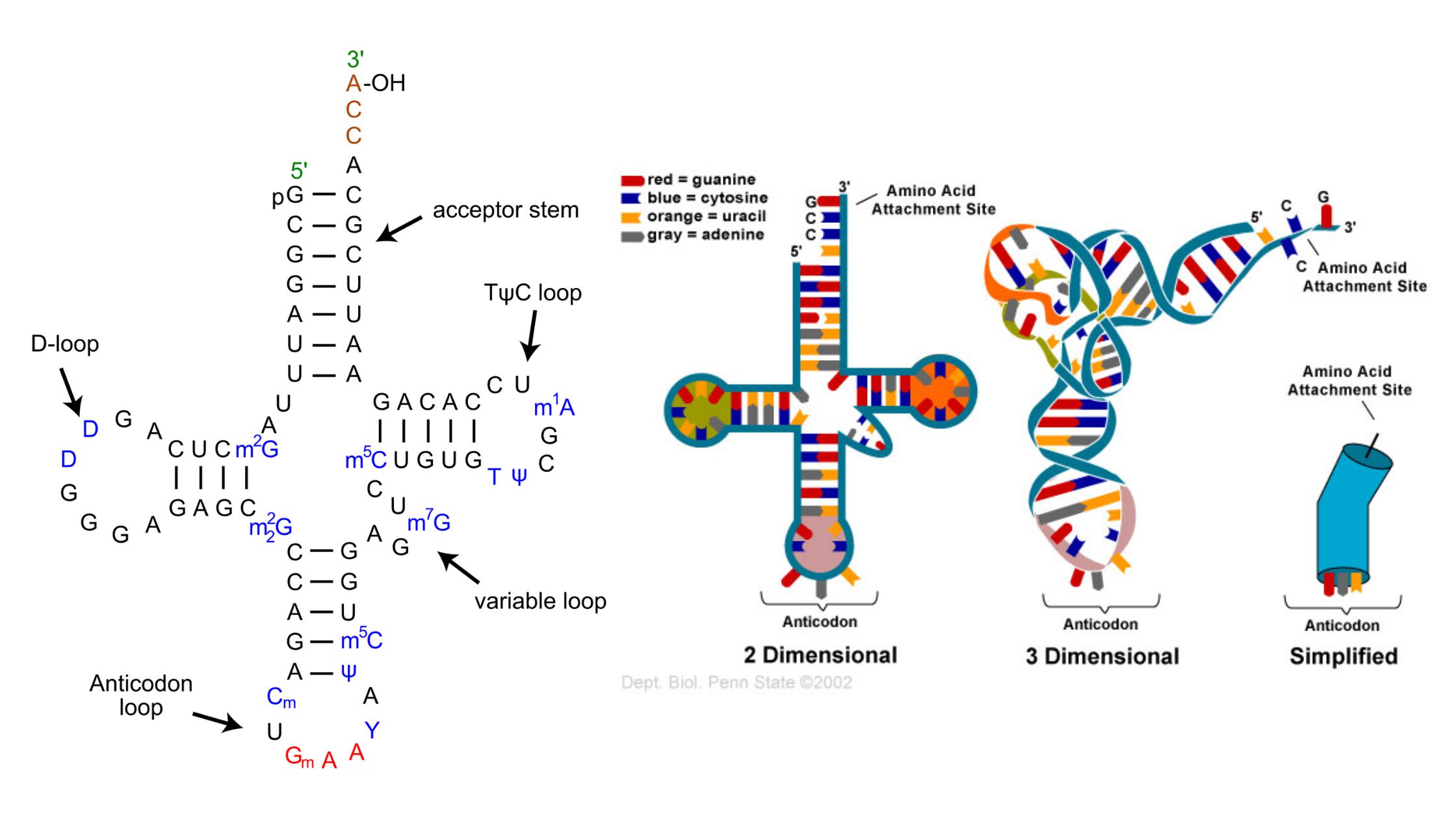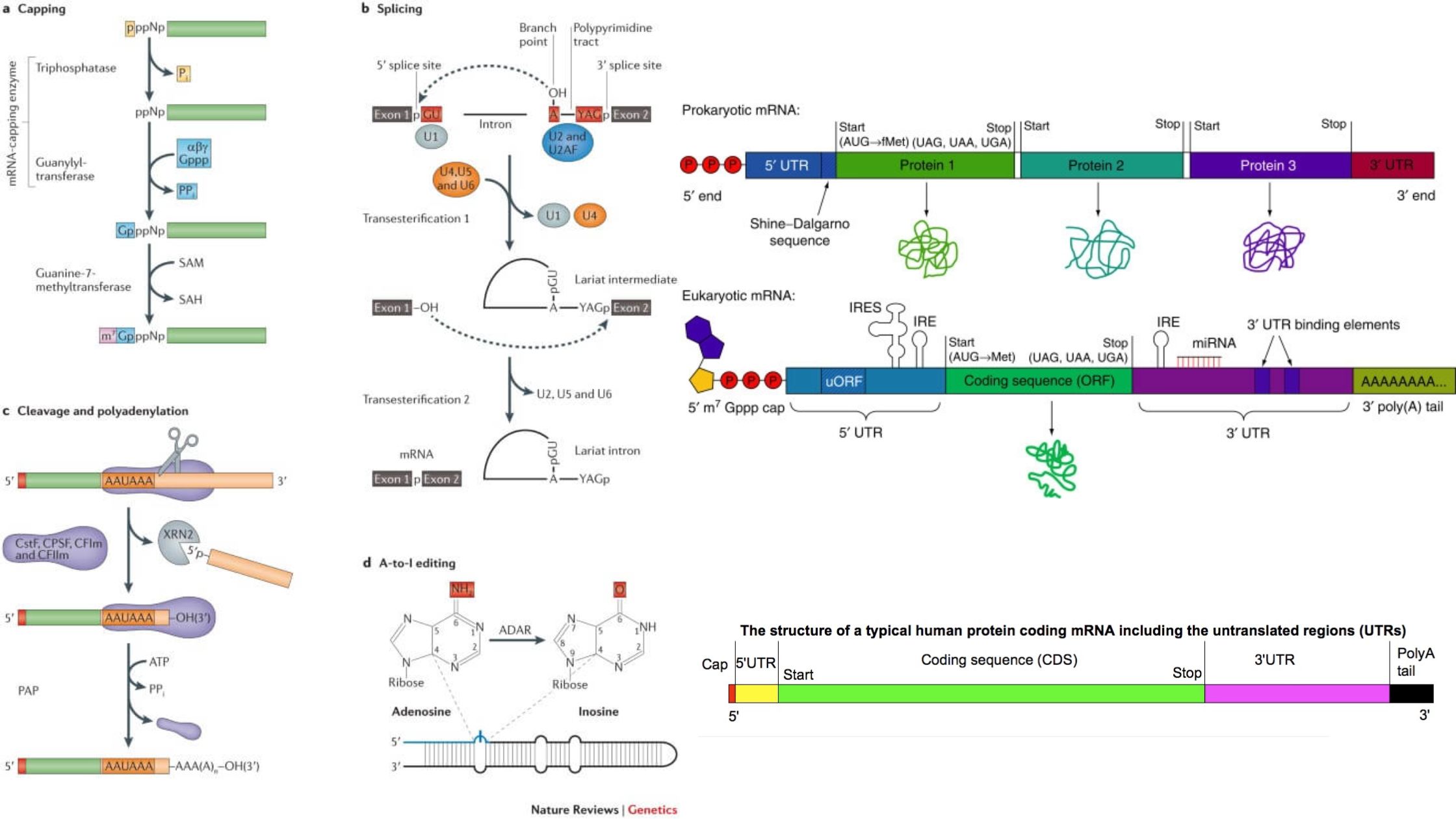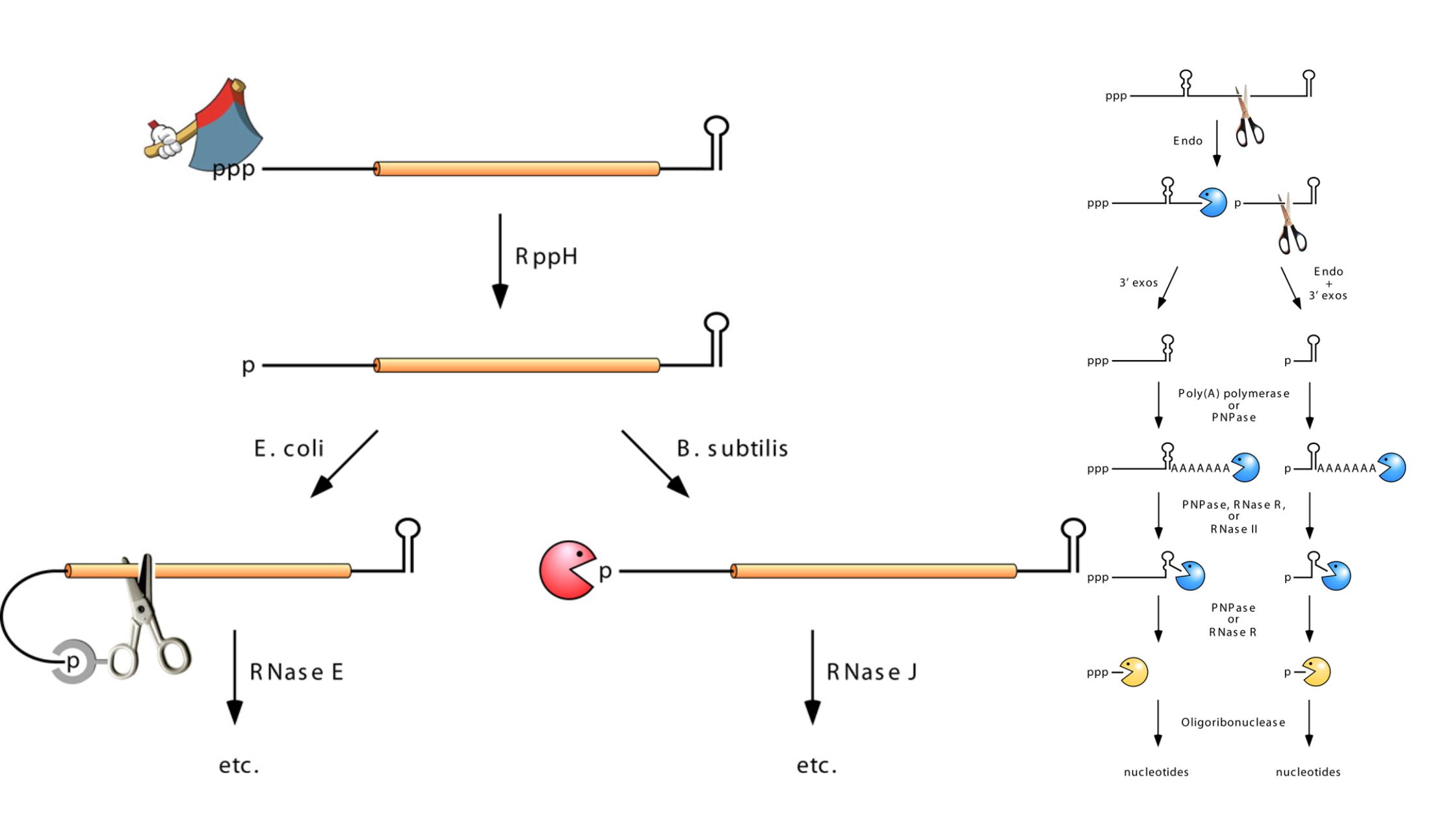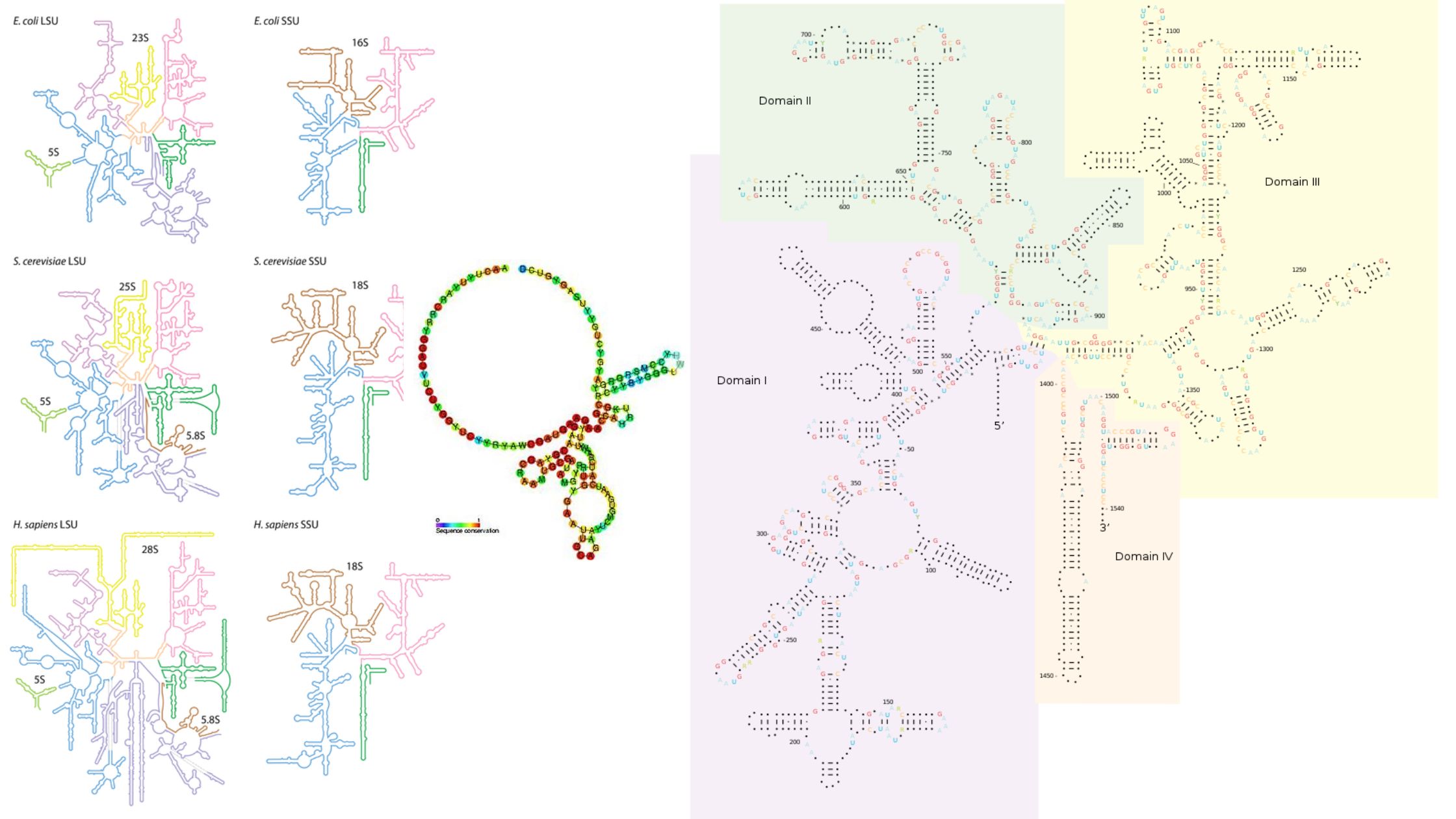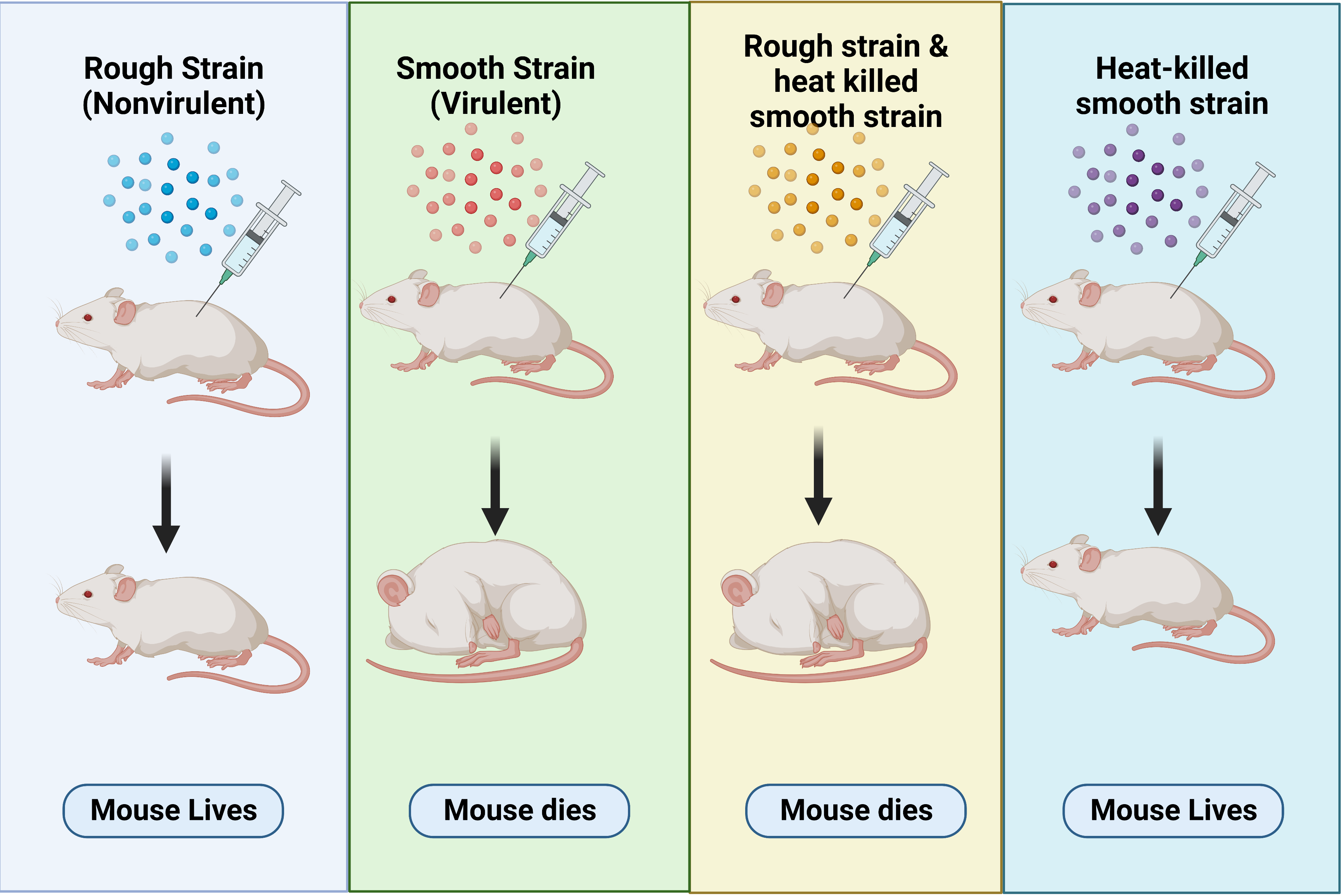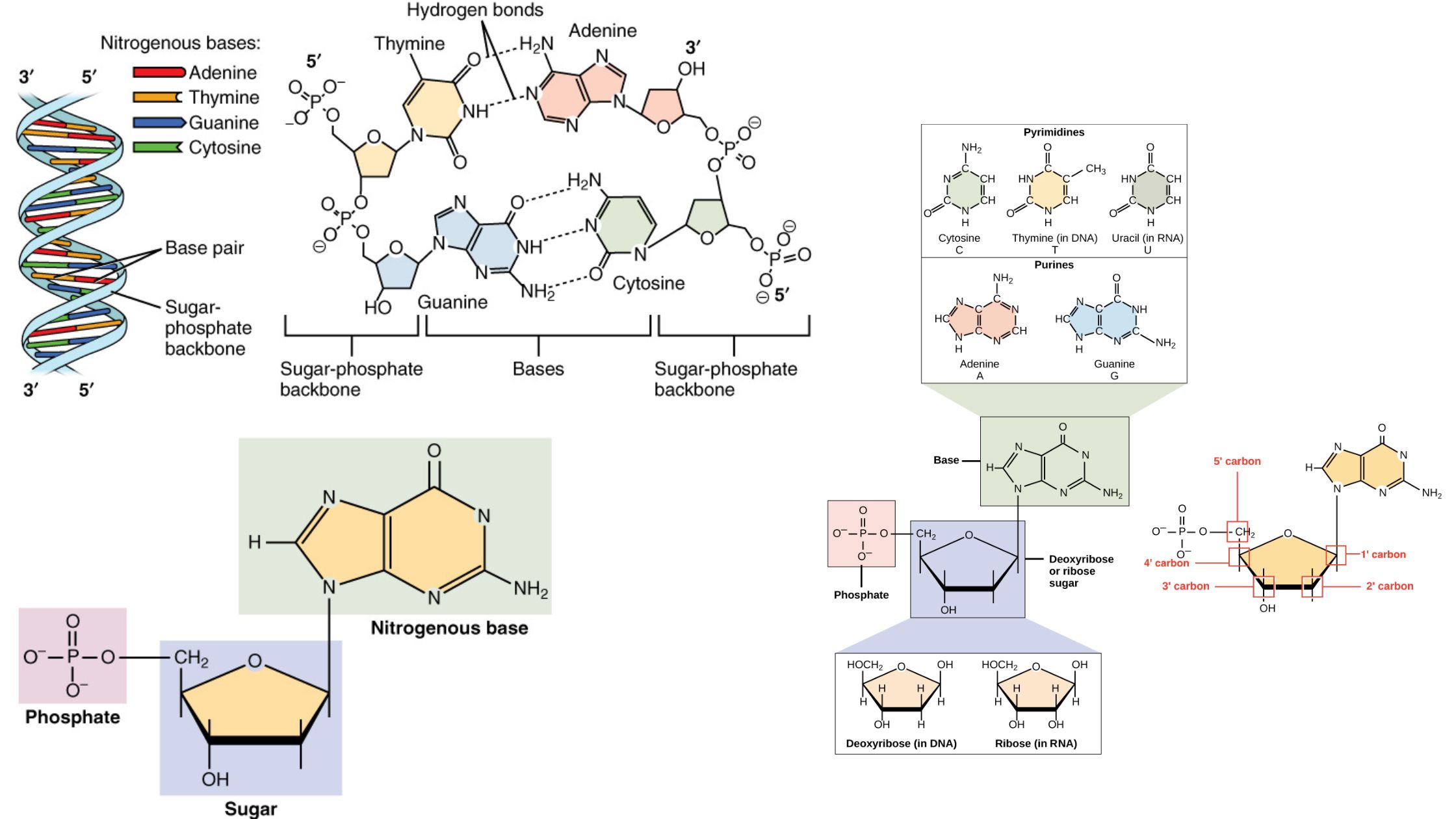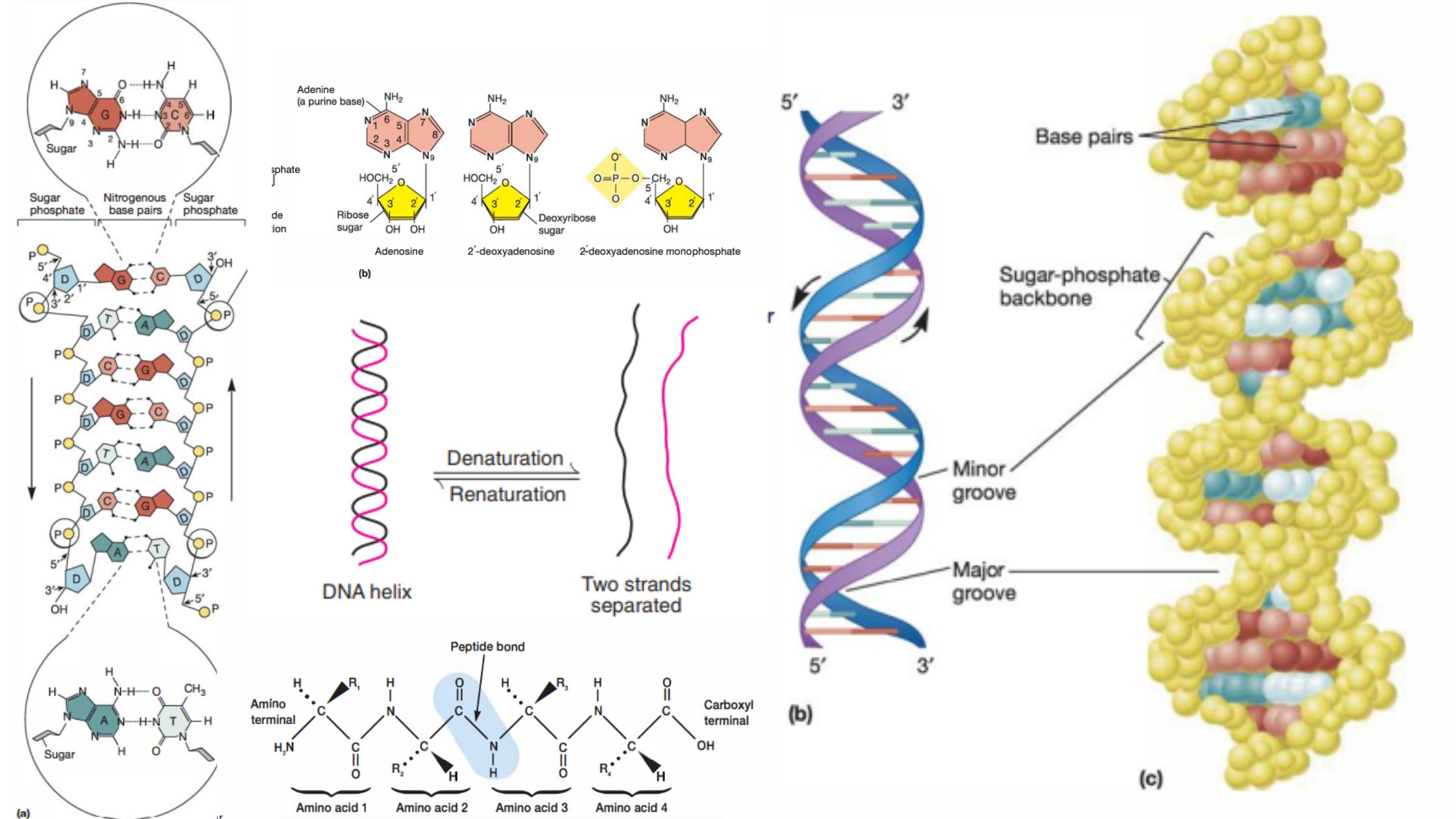tRNA – Structure, Definition, Functions, Types
What is tRNA? History of tRNA Properties of tRNA tRNA biogenesis Structure of tRNA The transfer RNA (soluble RNA) molecule has a molecular weight of about 25,000 and has between 71 and 80 nucleotides, most of which are 75. There are at least 20 different kinds of tRNAs, which is the same number of amino … Read more
